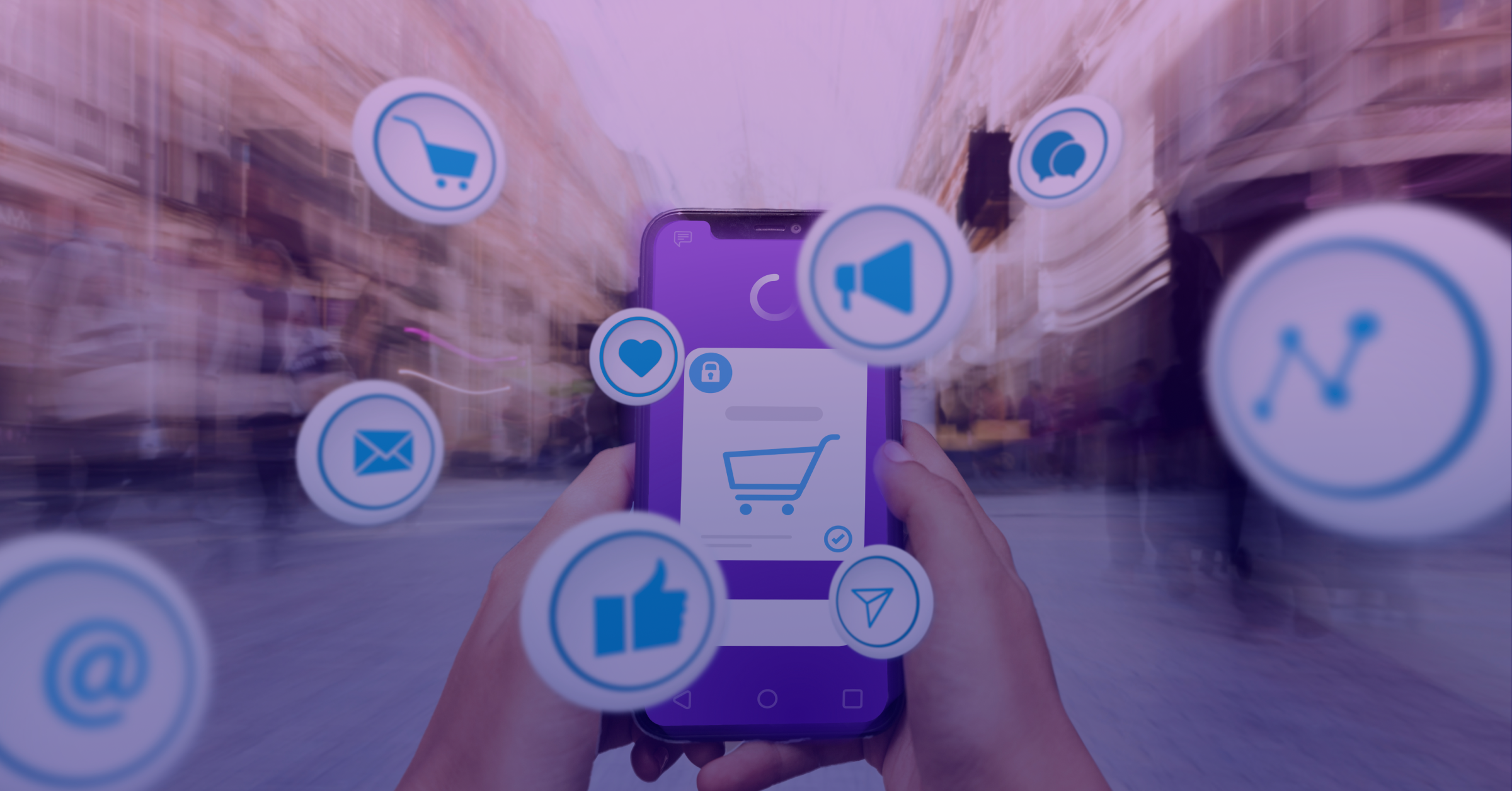The Art of a Media Plan: Direct Buys in a Programmatic World
When programmatic advertising emerged in the late 2000s, marketers and digital advertising professionals jumped to take advantage. The appeal was straightforward; it replaced (comparatively expensive and inefficient) people with software, and let media buyers purchase an audience directly instead of making piecemeal purchases in spaces these audiences were likely to frequent. Expensive direct buy programs and the overly broad verticals provided by networks were brushed aside: with the robust models of programmatic media providers, the “right buy” became less about where the media was shown, and more about the data that fueled the powerful underlying algorithms.
Concerns that surfaced were quickly addressed. Advertisers wanted more clarity on where their ads were appearing, as an open bidding system built around audiences rather than digital properties increased fraud and, in some instances, imperiled brand safety. In response, programmatic publishers began offering additional tactics like enhanced tracking, plus allowlists – a predefined list of sites ads will serve on – and blocklists – a list of sites to be avoided – that advertisers could access for an extra fee. These additions gave campaigns stronger boundaries and forced more transparent reporting.
The ad buying process became automatized. You simply plugged in your audience, chose your data providers, entered your budget, then pressed play and monitored. The algorithms did the hard work while the advertiser sat in the driver’s seat, adjusting bids and tweaking targets based on performance.
Everything worked seamlessly. Almost.
The Case for Direct Buys
Today, direct buys are often viewed as costly programs with high minimums, but this reputation is somewhat outdated. To compete in a programmatic world, they have evolved. Direct buys are, or can be, an important part of a holistic, comprehensive digital media campaign.
We’ve had success using these evolved direct buy tactics to complement our media plans. Here’s how we do it.
Share-of-Voice Buys
If campaign budget is a concern, products like share of voice (SOV) buys on smaller publishers are useful. Their cost falls in line with the percent of guaranteed rotational inventory, and takes into account how wide the barriers are for the media to run (e.g. run of site or corralled to specific pages). If an advertiser wants a heavy presence with a publisher, but is looking for longevity over a one-day wallpaper, a 50 percent SOV program can help.
Differentiated Media Programs
For more robust budgets, direct buys open up opportunities “outside the box” of IAB standard ad units. This can help with everything from branding efforts to direct response lead generation. These programs vary from publisher to publisher, but can include options like webinars, whitepapers, email sponsorship, takeovers, and rich media activations. Webinars and whitepapers allow the advertiser to speak to their audience in long-form; fleshing out their brand story and underscoring their expertise. Splashy options like full-page takeovers and rich media build-outs create a synergy between the reputation of the advertiser and the prestige of the publisher.
First-Party Data
While big data providers are primary players in the programmatic landscape, many publishers have their own first-party data that can only be activated by working directly with them. Sometimes utilizing this data is as simple as buying programmatically through the publisher, while at others it requires targeting users on the publisher’s site based on their user profiles. Either way, publishers are aware of the value of their data, and in keeping it close to the chest has protected their users while potentiating great options for advertisers who seek them.
Third-Party Data
Publishers have also adapted the ability to layer third-party data into their programs. These additional audience layers remove some of the unknowns from the equation, making it less likely you will reach the wrong audience while displaying ads on a vertical-driven partner. ESPN may have an extremely heavy sports weighting, but with third-party data layers a seemingly unrelated brand like a local flower shop can still find its audience there.
Finding the Right Mix
So what does this mean for the media plan? The art of pulling together the ‘right’ publishers to achieve the advertiser’s important KPIs is more than just algorithms and budget management. It is ensuring the brand makes a clear message and displays it in a way that resonates with the correct audience - in the correct way. This often means a strong mix of both programmatic media tactics and direct publisher activations.
Some advertisers might be hesitant to jump right into a direct partnership after an extended reliance on programmatic bidding. But you can ease in. If you work with a verification partner like DoubleVerify or Moat, utilize their domain reporting to find what sites are performing for your objective and targeting. Take the top verified partners (i.e. no fraud, reputable content, and on-brand) and reach out to them to see what you can do with them directly. Your flower shop can not only reach customers programmatically on HomeDepot.com, but work hand-in-hand with the publisher to create a partnership. It could be as robust as a splashy takeover, or simple as an editorial.
There’s a Lesson in This
Direct buys were here before the rise of programmatic media and they are here to stay. While the addition of the marketplace gave smaller budgets a longer shelf life, direct programs grew to play on the same field. They now offer competitive programs, and have built audience data tools to help them stand out. Pulling together the right publishers to achieve an advertiser’s goals is about more than just algorithms and budget management. It means making a clear and compelling brand statement, displayed to the right audience, in the right place, at the right time.
The next evolution of planning is understanding where both types of inventory fit into this equation, not how one or the other should dominate. Even in 2018, there’s a place for direct buys and programmatic. Media planning, as always, is an art and a science. Direct buys deserve a renaissance, and the emotional part of media planning can now claim a co-pilot seat to the alluring force of machine learning.


